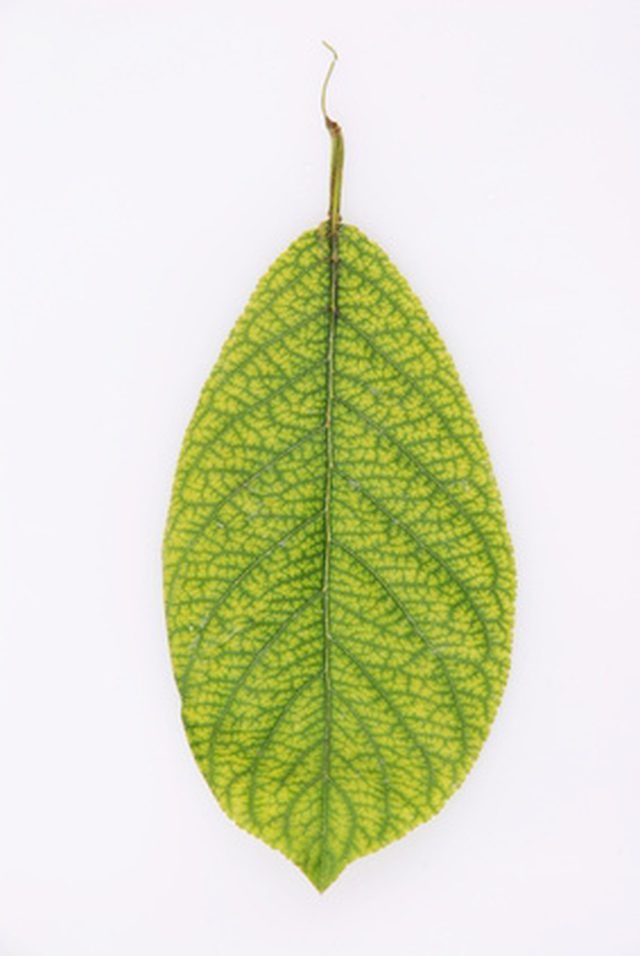Bulbs
Flower Basics
Flower Beds & Specialty Gardens
Flower Garden
Garden Furniture
Garden Gnomes
Garden Seeds
Garden Sheds
Garden Statues
Garden Tools & Supplies
Gardening Basics
Green & Organic
Groundcovers & Vines
Growing Annuals
Growing Basil
Growing Beans
Growing Berries
Growing Blueberries
Growing Cactus
Growing Corn
Growing Cotton
Growing Edibles
Growing Flowers
Growing Garlic
Growing Grapes
Growing Grass
Growing Herbs
Growing Jasmine
Growing Mint
Growing Mushrooms
Orchids
Growing Peanuts
Growing Perennials
Growing Plants
Growing Rosemary
Growing Roses
Growing Strawberries
Growing Sunflowers
Growing Thyme
Growing Tomatoes
Growing Tulips
Growing Vegetables
Herb Basics
Herb Garden
Indoor Growing
Landscaping Basics
Landscaping Patios
Landscaping Plants
Landscaping Shrubs
Landscaping Trees
Landscaping Walks & Pathways
Lawn Basics
Lawn Maintenance
Lawn Mowers
Lawn Ornaments
Lawn Planting
Lawn Tools
Outdoor Growing
Overall Landscape Planning
Pests, Weeds & Problems
Plant Basics
Rock Garden
Rose Garden
Shrubs
Soil
Specialty Gardens
Trees
Vegetable Garden
Yard Maintenance
Simple Leaf Identification
Simple Leaf Identification. Studying the leaves that hang from a tree's branches is the easiest way to identify the tree. Trees such as the American elm, Eastern redbud, ginkgo and balsam poplar all have simple leaves. This means their leaves have a singular, basic shape, such as a heart, triangle or oval. Simple leaves are easy to identify.

Studying the leaves that hang from a tree's branches is the easiest way to identify the tree. Trees such as the American elm, Eastern redbud, ginkgo and balsam poplar all have simple leaves. This means their leaves have a singular, basic shape, such as a heart, triangle or oval. Simple leaves are easy to identify.
Deciduous Trees
Simple leaves grow on deciduous trees and shrubs. Deciduous trees are defined as those with broad, flat leaves that fall off the branches every autumn. The other type of tree, coniferous, has evergreen needles that remain on the branches year-round and produce seeds in cones. But not every deciduous tree has simple leaves.
Leaf Types
If a leaf comes from a deciduous tree, it can be one of three types: simple, lobed or compound. Simple leaves are the easiest to identify. They have an oval, round, heart or triangular shape. Some simple leaves have indentations on the outside edge. These are called lobed leaves. Examples of simple lobed leaves are maples and oaks.
Opposite or Alternate
Once the leaf type has been determined to be simple, next notice the pattern in which the leaves are arranged on the twig. If they are attached directly across from each other, they are called simple opposite leaves. Leaves that are attached in an alternating pattern are called simple alternate leaves.
Large or Small
You can further identify a simple leaf by classifying its size as small or large. Measurement is usually taken from the base of the leaf, where it attaches to the petiole, to its point or tip. The European buckthorn, for example, has a leaf from 1 to 3 inches long. This is considered a small simple leaf. The Northern catalpa, on the other hand, has a leaf that can be 12 inches long, which is considered very large.
Field Guide
After all these questions have been answered, the leaf and tree can be easily identified using a field guide or tree key. Compare the characteristics of the leaf in question to pictures and descriptions in the field guide or key. When a match is made, the leaf has been identified.